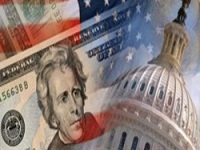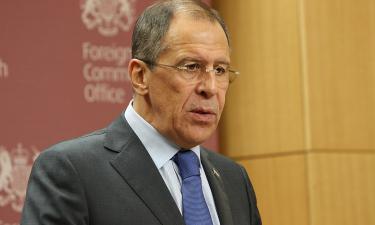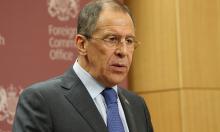World crisis plotted by Standard&Poor's?
The U.S. Justice Department found those to blame in the global crisis of the late 2000s. According to the American authorities, this is Standard & Poor's. The accused is confused, while the U.S. Justice Department is preparing a lawsuit against the agency. It wants to make Standard & Poor's accountable for publishing inflated ratings of mortgage bonds. Allegedly, this publication caused the crisis.

Despite the fact that the Justice Department's charges are shaky, and a court decision in its favor is unlikely, the shares of S & P began plummeting. In a short period of time since the onset of the news in the media, the agency shares lost 14 percent. Other market participants also suffered. For example, shares of Moody's rating agency lost over 10 percent.
There is logic in this trend. The U.S. government has previously accused other members of the Big Three credit rating agencies (which traditionally includes Standard & Poor's, Moody's Investors Service and Fitch Ratings). The state officials argued that in 2006-2007, the agency deliberately published unreasonably high ratings of collateralized debt obligations (CDOs). This, according to the U.S. government, led to the creation of a false impression of reliability of securities among investors. This, in turn, provoked the mortgage crisis, which, in the words of the famous American financier George Soros, triggered the mechanism that led to bursting of the bigger bubble.
The mortgage crisis in the United States gave rise to the global crisis of the late 2000s. The arguments of the Justice Department of the United States are supported by data on 30 transactions in which stock became nearly worthless as soon as they were sold to investors. At the moment the government decided to limit the number of the accused to Standard & Poor's.
Previously, the agency was offered to settle the dispute instead of going to court by admitting their own mistakes, and pay over a billion dollars in compensation. S & P did not agree, although negotiations continued nearly four months. The agency (supported by the rest of the Big Three) argued that the crisis had many causes, and that various investigations contradicted each other, and it would not be wise to blame one single rating agency for the outbreak of the global crisis. They believe that the investors who lost all sense of reality and failed to adequately assess risks were the ones to blame. S & P is prepared to respond to all the charges in court.
The rating agency stated that the lawsuit contained absolutely no factual or legal argument and that the claim that S & P based its ratings on commercial interests and not on good will were incorrect. In addition, the agency reminded that back in 2006 it lowered the ratings of 400 stocks associated with mortgage lending market more significantly than ever before.
Before blaming the outbreak of the crisis on Standard & Poor's, the U.S. closely studied other potentially guilty parties. In 2009 there was a theory that it was China. The theory was then announced by the chairman of the U.S. Federal Reserve Ben Bernanke, and later repeated time and again by American officials. According to this theory, the crisis was provoked by foreign, and, first of all, Chinese investments in the U.S. economy. However, the theory did not hold water and was abandoned. In January of 2010, the United States Congress created a special commission to investigate the causes of the crisis.
The global crisis peaked in early fall of 2008. However, it is difficult to identify the exact time of the beginning and end of the crisis. The first signs appeared in 2006 in the U.S., and the consequences impact the world to this day. Therefore, the crisis is often called the global financial and economic crisis of the late 2000s. There are virtually no doubts that it was provoked by the mortgage crisis in the U.S. in 2007. The U.S. government is trying to establish the causes of the mortgage crisis.
Anastasia Garina
Pravda.Ru
Subscribe to Pravda.Ru Telegram channel, Facebook, RSS!




